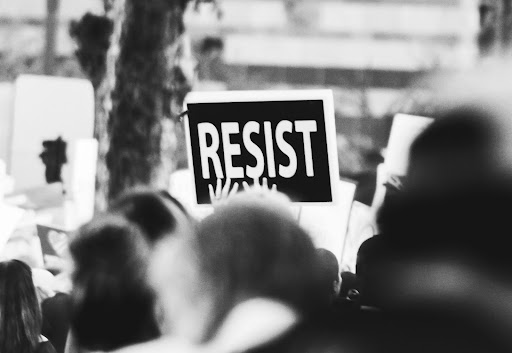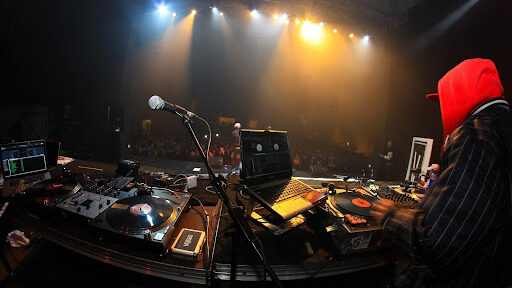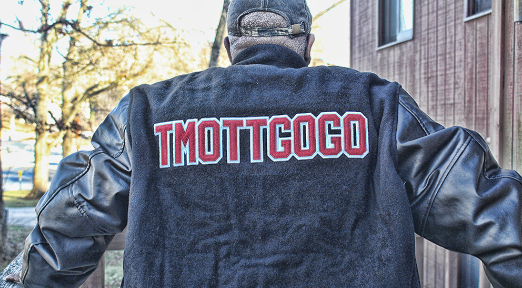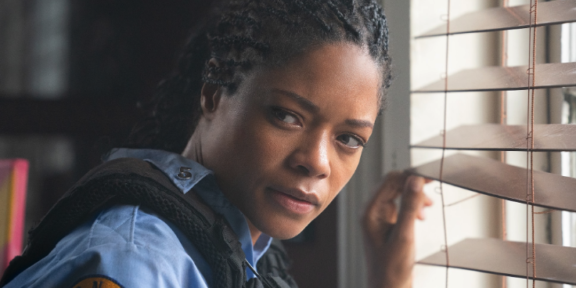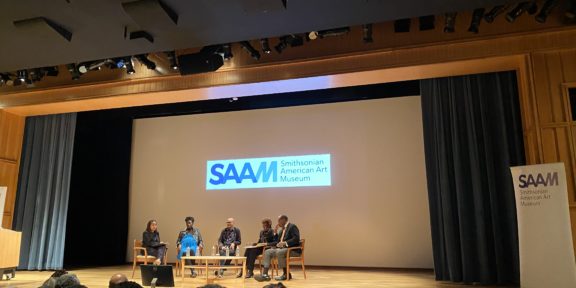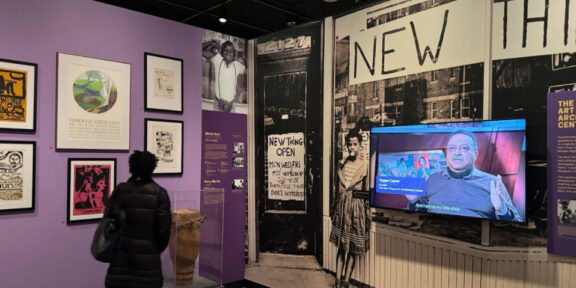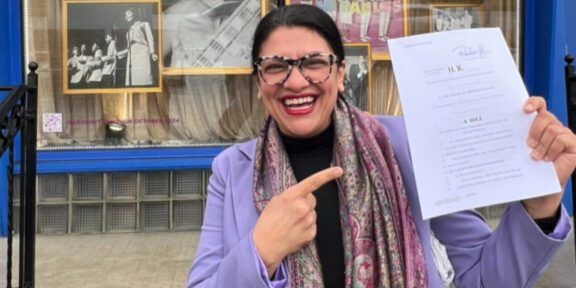By Cory Utsey
Howard University News Service
Marching through the streets during the pandemic, boycotting buses in Alabama or sitting in at Confederate landmarks are a few examples of how Americans often stand up against injustice. However, one of the most powerful yet grossly underestimated channels through which Americans, and especially Black Americans, have ushered in these movements has been through the art of protest songs.
Music has accompanied Black Americans, not only as a means to motivate but as a means to disrupt the status quo, for centuries. As a tradition that was brought from across the seas, the first enslaved Africans often used songs, or spirituals, to accompany their strenuous tasks and to subtly communicate with one another.
 Harriet Tubman and other enslaved people used “coded songs” in order to provide directions on how to escape, according to the Harriet Tubman Historical Society. For example, “Wade in the Water” was used in order to say that enslaved individuals planning an escape should go through the water so as to avoid being seen, while “Follow the Drinking Gourd” suggested that springtime was optimal for escape due to the longer days. The “drinking gourd” was also a code name for the “Big Dipper,” which pointed toward the Pole Star of the north.
Harriet Tubman and other enslaved people used “coded songs” in order to provide directions on how to escape, according to the Harriet Tubman Historical Society. For example, “Wade in the Water” was used in order to say that enslaved individuals planning an escape should go through the water so as to avoid being seen, while “Follow the Drinking Gourd” suggested that springtime was optimal for escape due to the longer days. The “drinking gourd” was also a code name for the “Big Dipper,” which pointed toward the Pole Star of the north.
Since then, Black Americans and artists have continued to use song to lift the spirits within the community and to express their thoughts about the world around them. Through the cultivation of genres such as folk, ragtime, jazz and the blues, Black artists of the early 1900s set the foundation for modern-day genres such as R&B and hip-hop. At the same time, though, many of them normalized the use of music as a way of protesting injustice as well as a source of healing and resilience.
Music has functioned as a medium through which Black artists have documented their experiences and, therefore, preserved different aspects of Black history. Valethia Watkins, Ph.D., an associate professor of Afro-American studies at Howard, finds this to be extremely important.
“It is important to document the experiences of Black people to better understand how the present is connected to the past,” Watkins said. “It provides knowledge and insights about our cultural traditions, our past and present triumphs and current challenges. History functions as a teacher that prepares young people for the future responsibilities and roles they will assume in their community and in this society.”
Watkins believes that the tradition of curating protest songs is especially near and dear to the Black community.
“The protest song tradition evokes unity of purpose in fighting the forces of white supremacy,” Watkins said. “It reminds the protesters and their supporters what the struggle is about, but equally important, it helps to solidify their collective resolve to stand up to the forces seeking to harm us or our interests.”
When Keanna Faircloth, an artist relations manager at Yamaha and “Artimacy” podcast host, hears the term “protest song,” her mind immediately jumps to the world’s first popular protest song, “Strange Fruit” by renowned blues singer Billie Holiday.
“‘Strange Fruit’ has a very deep, dramatic and traumatic recounting of the history of lynching in this country,” said Faircloth, a 2005 graduate of Howard University. “In addition to that, I would say Nina Simone’s ‘Mississippi Goddam.’ She was talking about how it’s very difficult– even now, but especially back then– for Black people to move through this country, especially in the South.”
“Strange Fruit” – Billie Holiday
“Strange Fruit,” which started off as a short poem, came from the pen of Abel Meeropol, a Jewish teacher and poet who published his work under the name Lewis Allan in 1937. According to the Library of Congress, the poem was later recorded and turned into a song by Billie Holiday in 1939, who is often referred to as “Lady Day.” Although “Strange Fruit” stirred much controversy at the time of its release, its message continued to resonate with Black Americans and artists.
Nina Simone released “Mississippi Goddam” in 1964. A powerful reference to the violent acts faced by Black Americans in the South, “Mississippi Goddam” references atrocities such as the bombing of the 16th Street Baptist Church that killed four little girls and the assassination of civil rights activist Medgar Evers in Jackson, Mississippi.
As she started becoming active in the Civil Rights Movement, Simone would perform this song at rallies and marches. That same year, Sam Cooke, known also as the “King of Soul” released “A Change Is Gonna Come,” a song that spoke to the struggles of Black Americans as they navigated a racist world and hoped for a more accepting one.
“Mississippi Goddam” – Nina Simone
In 1968, James Brown released “Say It Loud – I’m Black and I’m Proud,” a funk song that speaks on racial injustice yet emphasizes Black pride, and in 1971, Marvin Gaye, who is often dubbed the “Prince of Soul,” released “What’s Going On,” a track on an album of the same name that talks about violence, war and the environment.
Faircloth, who also works as a contributor to NPR’s “All Song’s Considered” and “New Music Friday,” believes that protest songs made during this time period have remained extremely relevant to Black Americans over the years.
“I wish that it was a thing where it could phase out eventually, but I think it is always going to be something that Black Americans in this country are going to lean on,” Faircloth explained. “The music that we got from Nina Simone and Billie Holiday and John Coltrane and all those folks are still relatable.”
Nodding to the preservation and uplifting of the past, Watkins resonates with “Ella’s Song,” which was composed by Howard alumna Bernice Johnson Reagon, Ph.D., of the vocal group “Sweet Honey in the Rock” in honor of Ella Baker.
“Ella Baker was the architect behind and midwife of the establishment of the Student Nonviolent Coordinating Committee (SNCC),” Watkins said. “The lyrics that resonate the most with me from this beautiful song is the phrase: ‘We who believe in freedom cannot rest.’ This phrase serves as a powerful reminder to young and old alike that the struggle continues.”

As the music landscape and the world at large underwent changes throughout the 60s and 70s, the use of music as a means of protest remained the same. Hip-hop was born in 1973, and with this reckoning came a number of artists who spoke on police brutality, racism and poverty over hi-hats and funk-inspired bass lines.
Grandmaster Flash and the Furious Five’s 1982 hit “The Message” is known as one of hip-hop’s earliest “socially conscious” records, and by the late 80s, groups such as N.W.A and Public Enemy were proclaiming that “police think they have the authority to kill a minority” (“F- Tha Police,” N.W.A, 1988) and that “we’ve got to fight the powers that be” (“Fight The Power,” Public Enemy, 1989).
Hip-hop continued to be a medium through which artists released protest songs in the 90s, with artists such as 2Pac speaking on police brutality and the war on drugs in his 1992 hit, “Changes.” Now, in the 21st century, songs such as Kendrick Lamar’s “Alright” are popular protest anthems.
When considering protest songs, Eric Azike, a junior legal communications major and political science minor, thinks of songs such as Lil Baby’s “The Bigger Picture,” a rap song that came out in 2020. Azike believes that protest songs are important because they remind people of important causes.
“It helps to bring that element of motivation,” he said. “It is a constant reminder that the war we continue to fight every day rages on, and we have the ability to overcome it.”
Injustices of the past continue to permeate the present, and there are hopes that Black Americans, whether they are artists or not, will continue to fight.
“We have to be loud about what’s happening with us and make sure that we are notating and making all the music and writing all the stories that we can – especially now, while acts of silence are happening right before our eyes,” Faircloth said. “It’s so important.”
Cory Utsey is a reporter for HUNewsService.com and covers music. This article is part of Howard’s Third Reparations project for the inaugural Solutions Journalism Student Media Challenge.

